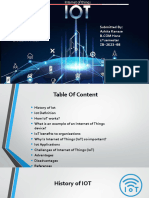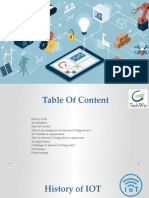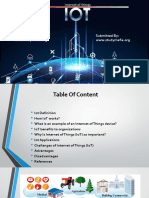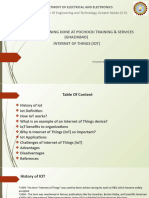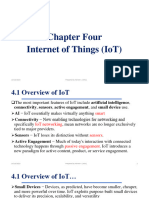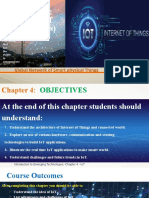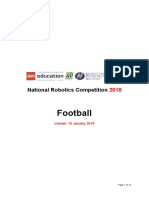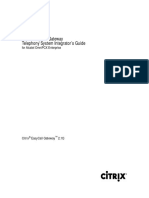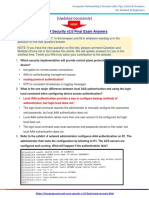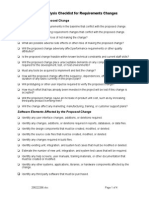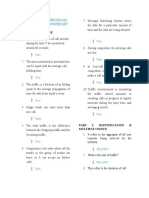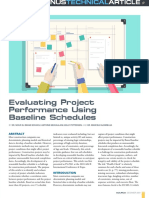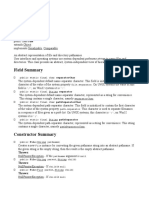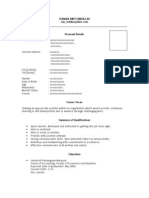0% found this document useful (0 votes)
14 views13 pagesAbvv
The document provides a comprehensive overview of the Internet of Things (IoT), including its definition, history, functionality, benefits to organizations, applications, and challenges. It explains how IoT works through sensors, connectivity, data processing, and user interfaces. Additionally, it highlights the importance of IoT in improving business processes and addresses potential challenges such as data security and software complexity.
Uploaded by
velaabd007Copyright
© © All Rights Reserved
We take content rights seriously. If you suspect this is your content, claim it here.
Available Formats
Download as PDF, TXT or read online on Scribd
0% found this document useful (0 votes)
14 views13 pagesAbvv
The document provides a comprehensive overview of the Internet of Things (IoT), including its definition, history, functionality, benefits to organizations, applications, and challenges. It explains how IoT works through sensors, connectivity, data processing, and user interfaces. Additionally, it highlights the importance of IoT in improving business processes and addresses potential challenges such as data security and software complexity.
Uploaded by
velaabd007Copyright
© © All Rights Reserved
We take content rights seriously. If you suspect this is your content, claim it here.
Available Formats
Download as PDF, TXT or read online on Scribd
/ 13




